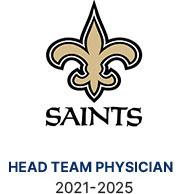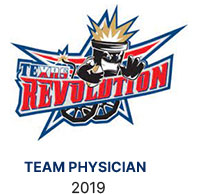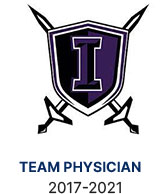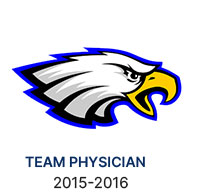New technology, cost strategies continue to move robotic-assisted surgery forward
The combination of robotics and patient-specific instrumentation may create a parallel strategy for care. Vendor programs and care pathways may curb the cost of robotic-assisted surgery.
Could just 1 course of radiotherapy help treat osteoarthritis pain?
Radiation therapy or radiotherapy is an underutilized noninvasive treatment option for osteoarthritis, but data from clinical trials have been mixed. A recent randomized controlled clinical trial demonstrated that a single course of low-dose radiation therapy was more effective in reducing pain and improving mobility in individuals with mild to moderate knee osteoarthritis at 4 months after treatment than the control group that did not receive radiation therapy.
Meniscal Tear Repair: What’s New in the Literature?
Meniscal tear repair has become the gold standard modality for treating different types of meniscal tears. Despite the availability of numerous repair techniques, the ideal approach remains unclear, especially for complex and irreparable tears. Recently, innovative techniques have emerged to address these challenges, including hybrid/salvage techniques, meniscal scaffolds, and the introduction of biologics as part of the treatment.
Non-traumatic Medial-Sided Elbow Pain: A Comprehensive Review of Etiologies, Diagnostic Strategies, and Treatment Approaches
Medial elbow pain is a rare and often underrecognized condition. In non-traumatic cases, such as medial epicondylitis (ME), ulnar collateral ligament (UCL) injury, cubital tunnel syndrome, snapping medial triceps, and posteromedial impingement, the clinical presentations are often similar, making diagnosis challenging. This narrative review aims to synthesize current evidence regarding the etiology, pathophysiology, diagnostic approaches, and treatment strategies for non-traumatic medial elbow pain.
Traumatic Versus Atraumatic Causes of Shoulder Impingement Syndrome: A Systematic Review of Pathophysiology and Outcomes
Shoulder impingement syndrome (SIS) is a common musculoskeletal disorder caused by traumatic or atraumatic factors, resulting in pain, functional limitation, and reduced quality of life. This systematic review aimed to summarize the pathophysiology, anatomical changes, and functional outcomes of traumatic versus atraumatic SIS.
The Sports Center - CommonSpirit Health
11960 Lioness Way
Suite 190, Parker, CO
Team Coverage Experience










